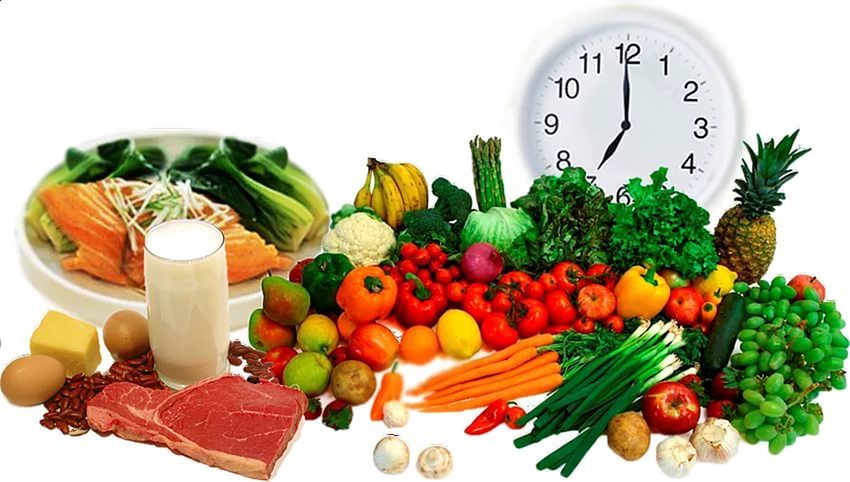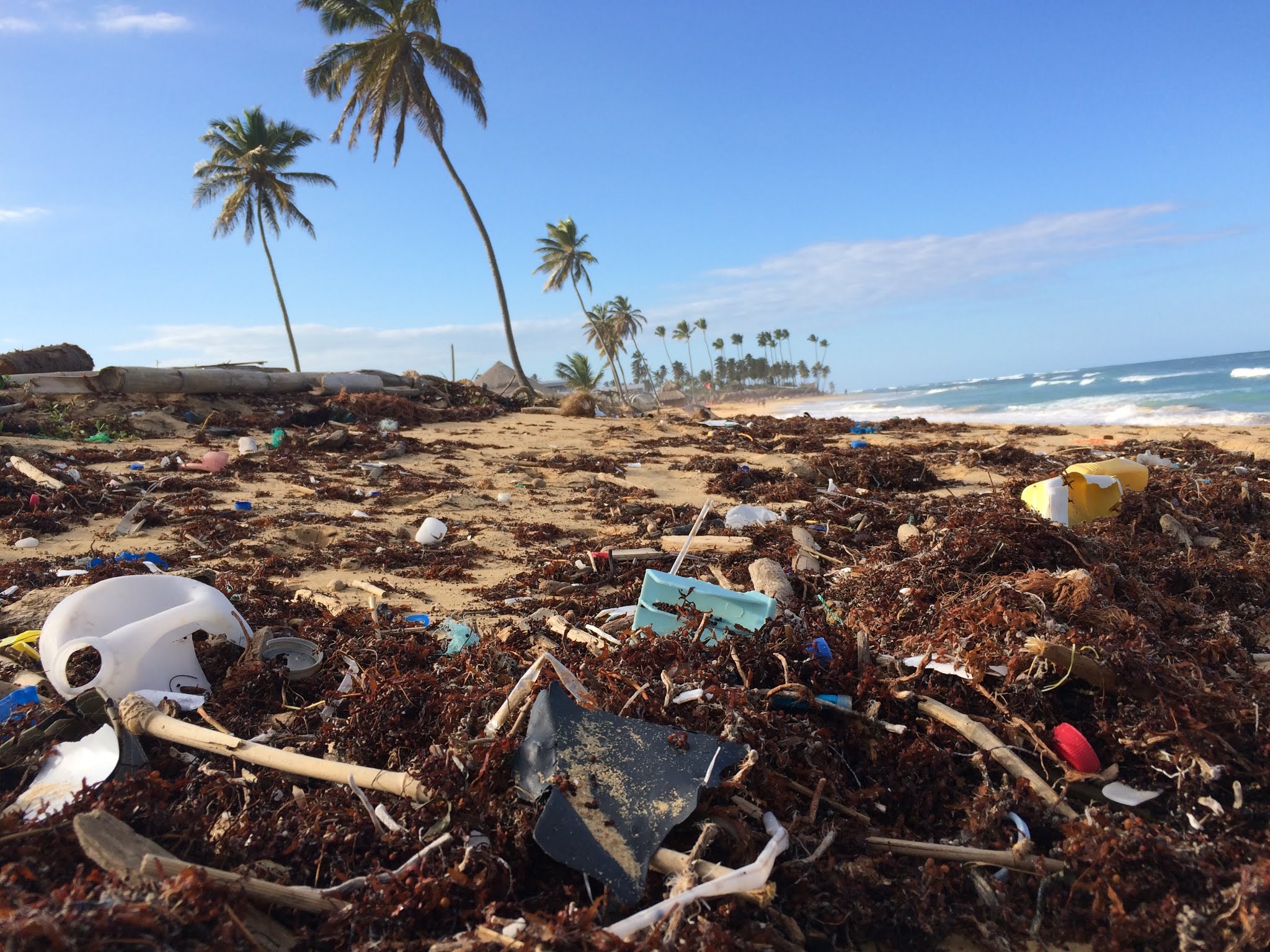What is an eco-responsible product?
Let’s start by defining what an eco-responsible product is; according to ADEME, it is a product that generates less impact on the environment throughout its life cycle. An eco-designed product is therefore a product whose environmental impact we have limited throughout its life. For example: use of recycled materials, lightening of the product, reduction of transport distances…
Eco-design is therefore a way of designing a product, but it is also a driver of innovation that promotes development towards an activity that is more respectful of the environment.
Nutripure’s global approach
It is already with this idea of reducing the environmental impact that we are now offering large formats such as buckets, which reduce the amount of packaging as well as transport. We also have a range of natural flavors which limit waste and therefore the emission of greenhouse gases. Indeed any product thrown away without being consumed cumulates all the environmental impacts of its production as well as of its treatment as waste. Our flavors allow you to vary the taste, so you don’t have to throw out a whole bucket of protein if the aroma doesn’t appeal to you or doesn’t.
But we want to go further, over the coming months we will keep you informed of the progress of our eco-design approach. You can follow the essential steps we have taken to offer you the most environmentally friendly packaging and thus provide more eco-responsible products.
Why is eco-design becoming vital?
Nutripure now offers you quality products under the clean label approach, in order to offer you the best for your health. We believe that this quality approach must be accompanied by an eco-responsible approach. We are therefore ensuring continuity in our requirements from raw materials to packaging in order to improve them and reduce our impact on the planet.
Our environmental responsibility
Today, the world is feeling the impact of economic growth linked to a consumer society where plastic is ubiquitous and nature is neglected. We observe phenomena such as:
- climate change,
- meteorological disturbances,
- melting of the poles,
- rising sea level,
- air pollution,
- plastic waste,
- eutrophication (imbalance of aquatic environments) …
The list goes on and despite awareness, the environmental situation is not improving. The agro-food industry is one of the most polluting and responsible for a third of CO2 emissions globally.
A major cause of all of this is the management of plastic. Indeed, production increased very rapidly, creating the development of disposable products with products having an average lifespan of less than 3 years. It is estimated that a third of plastic waste represents land or marine pollution. For the majority of companies, alternatives to plastic are still too expensive and the recycling industry is still too underdeveloped. French greenhouse gas emissions linked to their food have reached very high figures. Agricultural production and transport being the two most important items.
Waste is also a major cause of pollution. All discarded products accumulate the impacts of production as well as treatment as waste. The quantity of products wasted in France is estimated at 10 million tonnes.
The problem of plastic packaging
A study carried out in 2011 showed that the packaging of food products is responsible for 10 to 20% of the carbon impact of the product. In addition, 10% of the primary energy consumption of a UK consumer is due to the packaging of food products. The amount of packaging waste generated by a French person is also estimated at 65 kg per year. Plastic is the main problem. The figures for it are alarming: between 1950 and 2017 more than 9 billion tonnes of plastic were produced and every year 10 million tonnes of waste ends up in the ocean.
Our eco-design approach, Nutripure acts for the environment
All these figures are frightening and make us think about our way of producing and consuming. This is why at Nutripure we decided to take action.
We will start by taking stock of our impact on the planet. For this we will use a methodology called life cycle analysis (LCA). The goal is to analyze and quantify the impacts of a product from the beginning to the end of its life.
This method is framed by international standards (ISO 14040 and ISO 14044). The process is divided into four main stages:
- Definition of the objectives and scope of the study
- Inventory
- Impact assessment
- The interpretation
The key steps to improve our carbon impact.
We started our study with an analysis of our products in order to understand what the key steps were. That is, the one with the most impact on the environment and on which we could directly act. We then realized the importance of primary packaging (UVC packaging) on the emission of greenhouse gases.
So UVC packaging, the one directly containing the products, is the packaging with the most impact. Packaging II and III corresponding to the transport boxes and pallets. The transport of the bags from the production plant is the point we will be working on since it represents the majority of greenhouse gas emissions.
We can make the same observation for Multivitamin packaging for example. With the difference that for this packaging, the production of the plastic and its treatment at the end are the most polluting stages.
Towards eco-designed packaging that respects the planet
We then decided to focus our actions on packaging and its carbon impact. To do this, we will study the packaging of our bestsellers in order to assess their impact and find more sustainable solutions. We also want to promote the development of the circular economy, recycling and sustainable development.
We will work with our suppliers in order to be able to carry out the most accurate life cycle analysis possible.
We are already aware that there is no perfect solution to address today’s environmental problem. But it is through everyone’s actions that we can hope to see change. We therefore have a responsibility to offer you products with the least impact and to educate as many people as possible about environmental issues.


